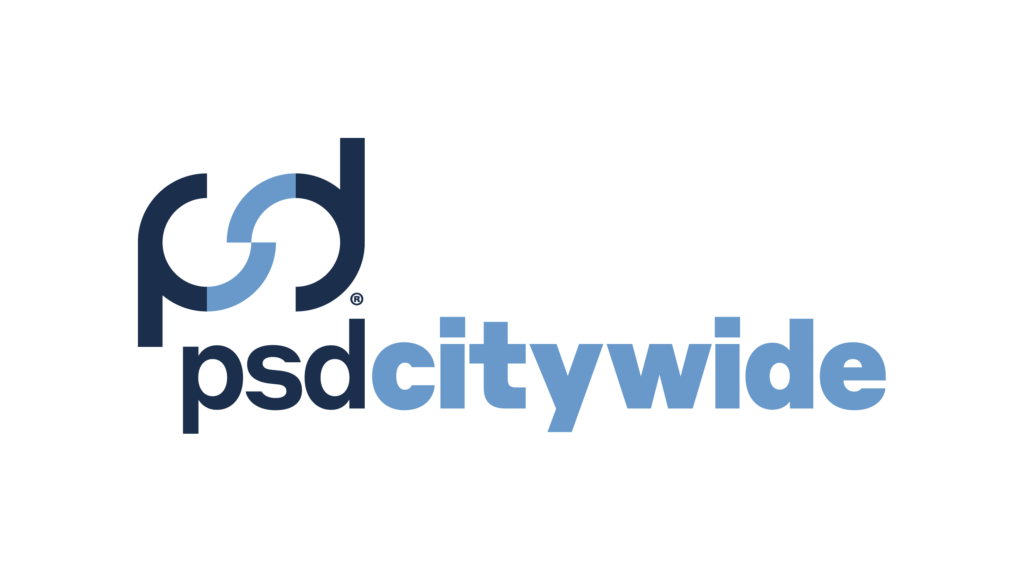A global health crisis – resulting in an economic downturn – reminds us once again of the challenges faced by municipal practitioners. Municipal staff continue to serve their community as they juggle an ever-changing and growing list of responsibilities.
Introducing Asset Management
The introduction of asset management is intended to create efficiencies, yet it initially requires a lot of time and organization to build a comprehensive asset management program. The development of such a program necessitates a corporatewide effort, but far too often, the task is left to one or two staff members within a single department.
Program development can involve several critical components and documents – asset management policy, risk framework, and lifecycle strategies, to name a few. However, a crucial document that is often neglected may be the key to building a holistic asset management program with cross-department initiatives: the asset management strategy.
What is An Asset Management Strategy?
The asset management strategy develops a clear direction for the organization and introduces cross-departmental coordination. The strategy helps advance maturity through an analysis of the seven core asset management elements as seen in the figure below.

With these core elements in mind, an organization should take three fundamental steps to develop an asset management strategy. The first step is to assess the current state of asset management within the organization. With all essential players from each department identified and brought together – perhaps in the form of an asset management committee – you can begin to identify the gaps within your asset management program. Reflecting on the seven core elements, gaps such as missing strategic or planning documents, processes, protocols, or policies can be identified.
The second step is to define a practical and achievable future state of maturity. Based on a review of best practices from other similar organizations, the team should be able to identify meaningful changes that can be made to achieve feasible goals. The participation of members from across the organization will help create a consensus about what goals are realistic.
The third and final step is to develop a strategy with specified initiatives, tasks, timelines, and ownership. Once the team has identified feasible goals, they can begin to define the initiatives with specific tasks assigned to staff members and reasonable timelines. A comprehensive strategy can be developed with a thorough and continuous analysis of corporate maturity within each core asset management element. Several different initiatives – under each core element – can emerge from an asset management strategy. The initiatives can be coordinated through project timeframes to ultimately provide a roadmap that will develop, establish, and maintain an effective asset management program.
The development of an asset management strategy for any municipality will require advanced communication and participation from vital players across every department, honest and comprehensive identification of gaps, and realistic and achievable goals. The three steps defined above, outline how an entire organization can create a suite of tactical and practical initiatives as part of a holistic strategy to bring a higher level of maturity to their asset management program. Such efforts ensure that assets continue to provide value to a community today and for future residents.
Examples of Initiatives
A suite of initiatives can be determined through a comprehensive assessment under each of the seven core elements. Each initiative will then be coordinated and aligned into a holistic project plan within the strategy. The following two high-level examples depict how an initiative can emerge and appear in the strategy.
Core Element – Asset Data and Information
The assessment of the municipality’s asset data and information reveals outdated and incomplete asset condition data for the sewer network. Once a gap is identified, a public works data enrichment initiative is defined. The tasks include conducting a condition assessment of sewers, loading the condition data to a centralized asset registry, and finalizing GIS linkages to all asset systems. The ownership of the tasks is assigned to staff within the public works and GIS departments and a separate deadline for each task creates a cohesive timeline for the initiative.
Core Element – Asset Management Decision-Making
The assessment of the municipality’s asset management decision-making reveals that the municipality has not developed formal lifecycle strategies for any of their assets. The municipality adopts an initiative to focus on roads by developing lifecycle frameworks for different road classes to optimize long term road budgets. Tasks include assigning personnel to project teams, developing RFP specifications to retain industry experts, developing lifecycle models and budget scenarios with industry experts, and communicating the results to council. The ownership of the tasks is assigned to staff within the finance and public works departments. A targeted timeline will include each task with achievable deadlines.
A version of this article was originally posted in the August GFOABC Newsletter.



